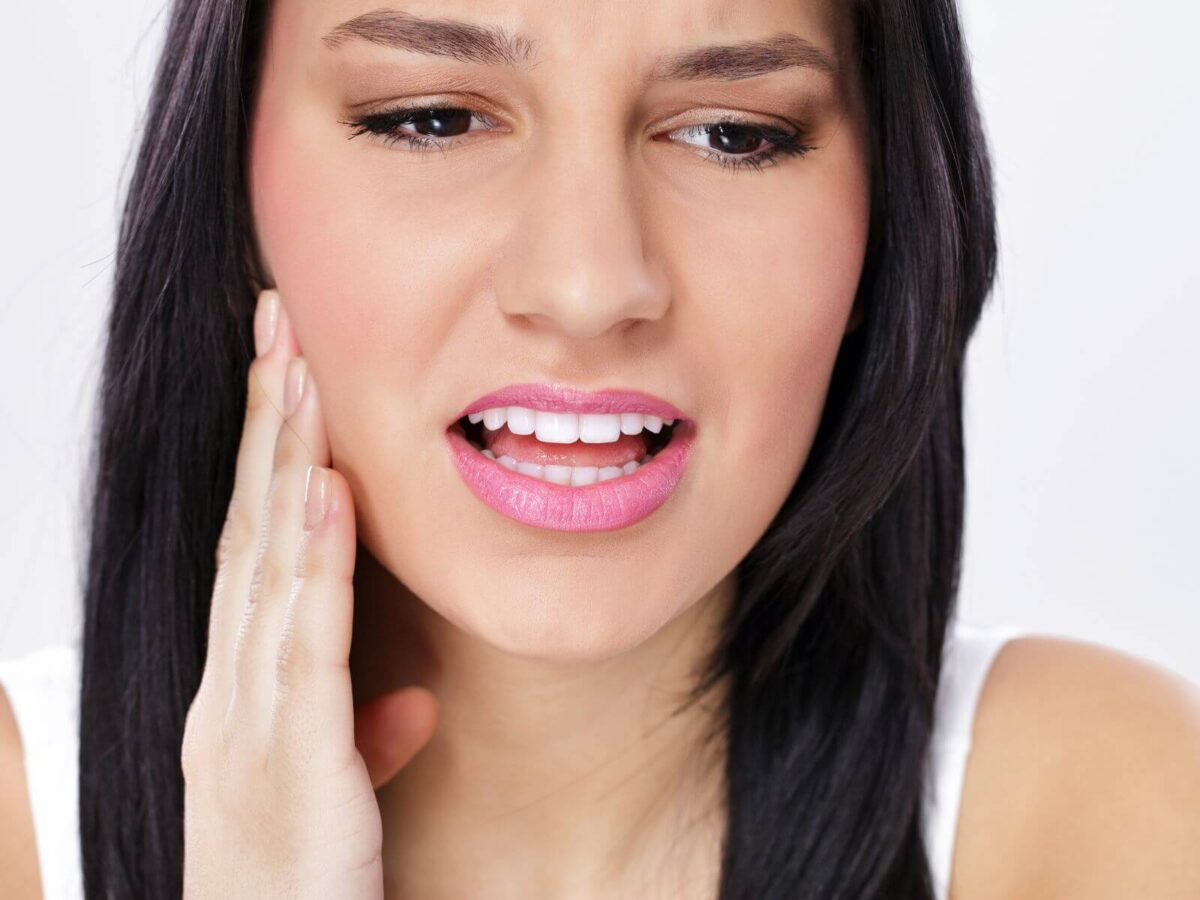Blog
Dental hygiene tips for healthy teeth & gums

How To Manage Discomfort During Orthodontic Treatment
Even though it’s often uncomfortable, orthodontic surgery is essential for better oral health and alignment. Whether you’re wearing traditional braces, transparent aligners, or something completely different, adjustments will make your orthodontic treatment go more smoothly.
This piece gives you beneficial tips on how to keep your overall dental health. Also, you will learn to deal with pain, and get used to your new appliances while managing orthodontic treatment discomfort.
Understanding the Source of Orthodontic Treatment Discomfort
When you undergo some orthodontics treatment, the pressure on your teeth to move them into the right place generally causes pain. Your body is reacting to the pressure, so it feels painful. Here are some common causes of pain in dental treatments:
- Pressure from braces or aligners presses your teeth when they tighten or your aligners shift.
- Rubber bands or elastics can strain the skull and teeth, causing temporary pain for a short time.
- The metal brackets or wires of standard braces may irritate your lips or cheeks, causing soreness.
Understanding the causes of suffering will enable you to identify appropriate remedies. Hence, you can perform better orthodontic discomfort management.
Treatments For Relieving Orthodontic Treatment Discomfort
There are some quick solutions that you can implement as soon as you start experiencing symptoms. These methods are supposed to reduce discomfort and inflammation so that changing your orthodontic appliances is simpler.
a. Pain Relievers
Acetaminophen and other painkillers can help with the pain that comes from braces. Eat something before you take it.
b. Orthodontic Wax
Orthodontic wax helps soothe skin irritation from braces and wires. Put a little wax on the painful area to prevent your braces from touching your inside cheeks. Wax prevents and eases contact.
c. Cold Compress
An ice pack or cool cloth outside your mouth may relieve pain immediately. This may reduce edema and chill the area. Apply the compress for 10–15 minutes.
d. Salt Water
A warm salt water rinse helps soothe mouth sores. Rinse your mouth with a cup of warm, salty water for 30 seconds. This all-natural cure helps the mouth heal and eases pain.
Adapting to New Orthodontic Appliances
Getting used to new tools is one of the hardest things for people receiving orthodontic treatment. Moving from elastics to braces, aligners, or braces takes time for your mouth to get used to. During this time, keep these tips in mind to keep your orthodontic treatment discomfort less painful:
- Eat soft foods
It’s best to eat soft, easy-to-chew things after getting braces. Some things may be easier to handle and less likely to make the pain worse. These include soups, yogurt, mashed potatoes, oatmeal, and cooked eggs. - Consume cold foods
Ice cream, shakes, and cold yogurt are all examples of cold foods that can help numb the mouth and ease pain. As it is cold, the blood vessels shrink, which reduces swelling and pain. - Avoid hard foods
Some foods can put extra pressure on your braces, making them more painful. Sticky foods such as caramel or gum can lodge in your braces, increasing the pain. Stay away from hard, crunchy foods, like nuts, chips, or raw veggies.
Plans for Dealing with Pain in the Long Run
Managing pain isn’t about getting help right away. You also need to long-term solutions that will keep you comfortable during your treatment.
- Regular visits to the dentist
Maintaining all orthodontic appointments is crucial to expedite your treatment and promptly address any pain issues. Your orthodontist can make the appropriate changes to the devices to make them less painful or irritating. - Maintain good oral hygiene
For less pain, it’s important to take good care of your teeth and gums. Food stuck in your braces could lead to infections increasing the pain. Always brush and floss your teeth. Use a water flosser to navigate the locations you find difficult to reach. - Drink plenty of water
When your mouth is dry, the pressure between your braces and soft tissues can get worse, making the pain worse. If you drink a lot of water, your mouth will stay moist and less irritated. - Wear your orthodontic devices
During treatment, follow your dentist’s instructions for elastic, aligners, and retainers. Not following the doctor’s instructions can postpone treatment and increase pain.
Expectations After Orthodontics Adjustments
Your teeth are still getting used to their new positions, so you may feel pain with each adjustment. The pain usually lasts for two to three days, but the following things can help:
- Plan for Adjustments:
When you make your dates for orthodontic treatment, keep adjustments in mind. Plan them for the weekend or a time when you don’t have any important plans. This lets you rest and deal with pain without adding to your worry. - Proper Diet Post Adjustments
You might feel more pain in your teeth right after getting them adjusted. For a couple of days, stick to soft foods to keep your teeth from getting any worse.
Conclusion
Even though getting braces can be painful, if you use the right techniques, you can focus on having a healthy, straighter smile. Taking the right medicines, taking care of your teeth, and following your orthodontist’s instructions can all make orthodontics easier.
If you are worried or in pain, talk to your orthodontist. This will help you stay on track with your treatment and be comfortable. We hope these ways to ease the orthodontic treatment discomfort help you improve your oral health.


